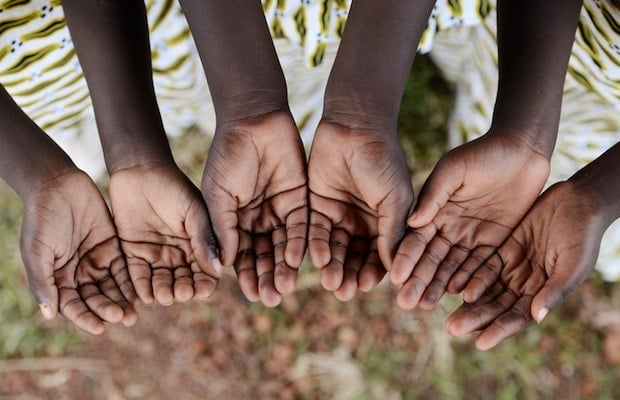👏 Clap, Tap or Snap 👋 🎼 A Story of the First Musical Instruments 🎶
🎶 A follow-up story that branches from The Science of Sound and Musical Instruments in Chapter of the Music Album. 🪈✨ It invites children to imagine the ancient joy of discovery—how early humans listened deeply to the sounds around them and began to recreate them using their own bodies and nearby objects. 🌬️🦴This story introduces body percussion—creating music with the body itself by striking, tapping, and clapping—reminding us that we carry an instrument everywhere we go. 👏🫴 These invisible threads lead to other explorations in the chapter—how sound is made, how vibration works, and how the body is a natural sound-maker. 🫀🔊 It invites children to wonder: “Can I make music using only my body ?" 👂💡
MUSIC STORIES
7/2/20252 min read


👂 Close your eyes for a moment… What can you hear around you? (I’ll be rubbing my hands… 👐🌀)
Long ago, the first humans listened too—and what they heard became the beginning of music. 🎧🌿
🎤 You carry a musical instrument with you everywhere you go!
Let’s try it! 👏 Clap your hands. 👣 Stamp your feet. 🫴 Tap your chest. Before people made instruments , they made music with their bodies. 🕺🎶 If we go back—waaaay back in time, long before , radios, pianos, or guitars ever existed. 📻 Imagine early humans, gathered around the fire 🔥, under the open sky. 🌌
They were surrounded by the sounds of the Earth the way we are today : 🌬️ Wind whispering through trees 🕊️ Birds chirping 🌊 Waves hitting the shore, or 💧 raindrops rumbling 🐝 Bees buzzing through flowers. These sounds made them feel something—maybe peace, maybe joy. And maybe… a desire to join in.
Someone began to experiment with the sounds their own body could make. A clap. A stamp. A click of the fingers. 🎵 Together, they began to create music—this was the birth of body percussion! 👉 The word “percussion” comes from the Latin percutere, meaning to strike. 👏Per👏cu👏ssion
People made music together—just with their bodies—and it made them happy. So happy that they wanted to do it again and again.Whenever something special happened—a baby born, the harvest gathered, the rains returning—they would sing and dance together. Music became part of their life. 🎉🌾
And when people traveled, they carried their songs with them. They shared them, and this was how music spread—not through instruments first, but through listening, feeling, and playing with sound. 🎶 Even today, people in many cultures still use their bodies to make music. To add more rhythm and variety, they might tie rattles made from seeds, shells, or beads around their ankles. As they dance, the rattles shake—turning each step into a beat. 🦴🌿💃
In the Kalahari Desert, the dancers stomp the earth, clap in sync, and wear ankle rattles made of dried cocoons filled with seeds. These healing dances are deeply rhythmic and are believed to connect people with spiritual energy.
Many Indigenous nations in North America hold rain dances to ask the spirits for water during dry times. The dances include foot stomping, body slapping, and rhythmic chanting—often performed in a circle, together with drums and rattles.
As music spread, every culture created its own instruments and styles.🪘 But everything began with the human body—and the joy of sound.
🎵 Now let’s create our very own rhythm using just our bodies!
I wonder… 🤔 Could we also create our own rattles using only natural materials? 🌱 What could we use?🌾 Dried grains like rice or popcorn 🌰 Seeds, small pebbles, or nutshells.💡 How does the sound change when we walk, jump, or dance?
🌍 Maybe you can research more about rattles from other cultures… Would you like to find out how they sound?
✨ Possible Follow-Up Explorations
🎶 Sound Tray Invitation
Offer a tray of natural materials: rice, lentils, sand, pebbles, dried beans, nutshells, etc.
Provide small recycled containers or natural items to use as shakers.
Invite the children to test different combinations and sort the sounds: soft, loud, sharp, dull.
With Montessori joy,
Vanina 😊

